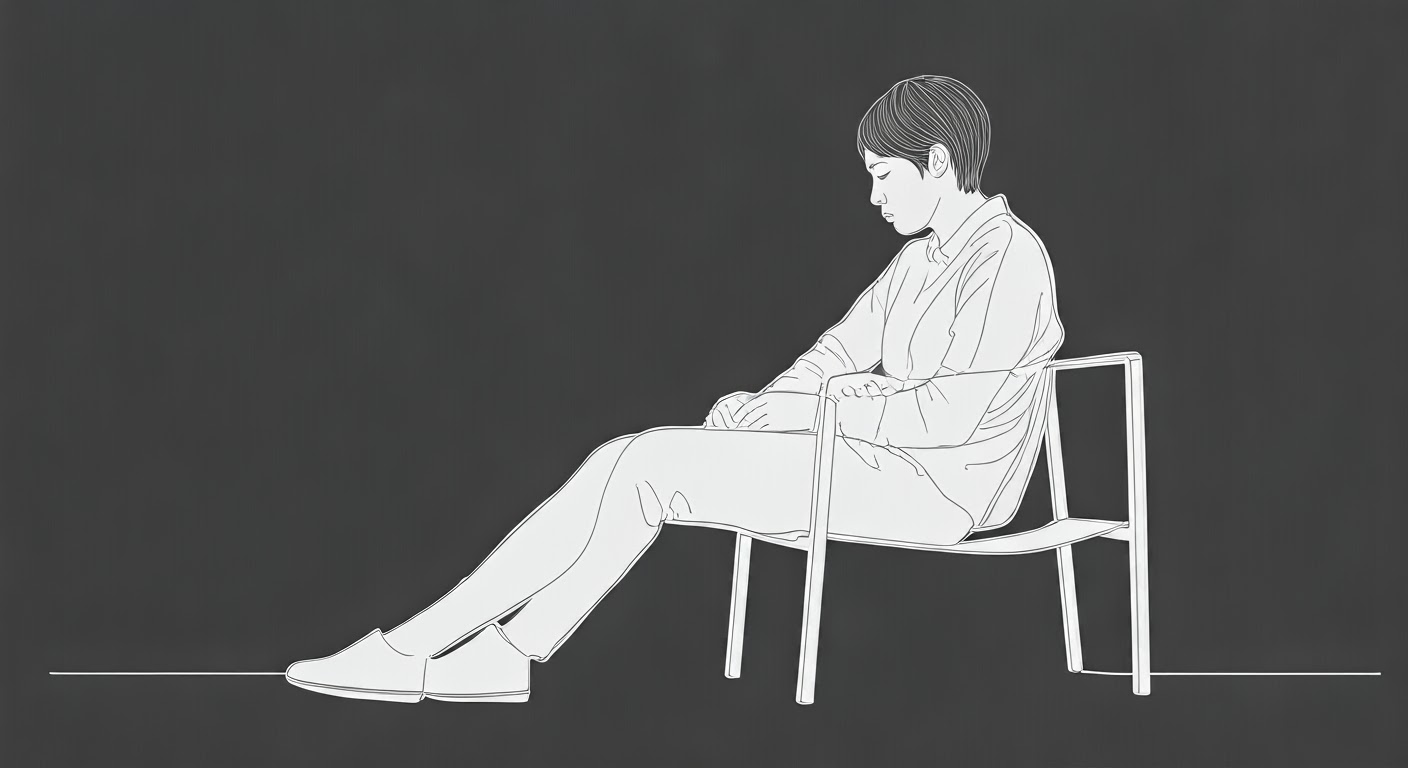Fibromyalgia is a chronic condition characterized by widespread musculoskeletal pain, fatigue, and cognitive disturbances. Traditional treatments often provide limited relief, prompting exploration into alternative therapeutic avenues. One such emerging frontier is the endocannabinoid system (ECS), a complex cell-signaling system that plays a crucial role in regulating pain and inflammation. This article delves into the relationship between the ECS and fibromyalgia, examining how modulating this system could offer new insights into pain management.
Understanding the Endocannabinoid System
The ECS is integral to maintaining the body’s internal balance, influencing various physiological processes, including:
- Pain Sensation: Modulating nociceptive pathways to regulate pain perception.
- Immune Response: Regulating inflammation and immune cell activity.
- Mood and Sleep: Affecting emotional states and sleep cycles.
The ECS comprises:
- Endocannabinoids: Naturally occurring lipid-based neurotransmitters that bind to cannabinoid receptors.
- Cannabinoid Receptors: Primarily CB1 receptors in the central nervous system and CB2 receptors in the peripheral nervous system and immune cells.
- Enzymes: Responsible for synthesizing and degrading endocannabinoids.
The ECS and Fibromyalgia: Exploring the Connection
Research suggests that dysregulation of the ECS may contribute to the pathophysiology of fibromyalgia:
- Clinical Endocannabinoid Deficiency (CECD): A theory proposing that insufficient endocannabinoid levels may lead to heightened pain sensitivity and other symptoms associated with fibromyalgia.
- Altered Receptor Expression: Studies have indicated changes in cannabinoid receptor expression in individuals with chronic pain conditions, potentially affecting pain modulation.
- Endocannabinoid Levels: Variations in endocannabinoid concentrations have been observed in patients with fibromyalgia, suggesting a potential imbalance.
Cannabinoid-Based Therapies: Potential Benefits and Considerations
Targeting the ECS through cannabinoid-based therapies offers a promising approach for managing fibromyalgia symptoms:
- Pain Reduction: Cannabinoids may alleviate pain by modulating ECS activity, thereby reducing pain perception.
- Improved Sleep: By influencing sleep-regulating mechanisms, cannabinoids might enhance sleep quality, addressing a common complaint among fibromyalgia patients.
- Mood Enhancement: Cannabinoids’ effects on mood regulation could help mitigate anxiety and depression often associated with fibromyalgia.
Considerations:
- Limited Evidence: While preliminary findings are encouraging, more rigorous clinical trials are necessary to establish efficacy and safety.
- Side Effects: Potential adverse effects, such as dizziness, dry mouth, and cognitive changes, should be carefully weighed against benefits.
- Regulatory Status: The legal status of cannabinoid-based treatments varies by region, influencing accessibility.
Future Directions: Research and Clinical Implications
Advancing our understanding of the ECS in fibromyalgia could lead to:
- Biomarker Identification: Discovering ECS-related biomarkers to aid in diagnosis and treatment monitoring.
- Personalized Medicine: Tailoring cannabinoid-based therapies to individual patient profiles for optimized outcomes.
- Novel Therapeutics: Developing new drugs that specifically target ECS components to manage fibromyalgia symptoms more effectively.
In conclusion, the endocannabinoid system represents a promising frontier in fibromyalgia research and pain management. While challenges remain, continued exploration of ECS modulation holds the potential to improve the quality of life for those affected by this chronic condition.

Click Here to Visit the Store and find Much More….
For More Information Related to Fibromyalgia Visit below sites:
References:
Fibromyalgia Contact Us Directly
Click here to Contact us Directly on Inbox
Official Fibromyalgia Blogs
Click here to Get the latest Chronic illness Updates
Fibromyalgia Stores










